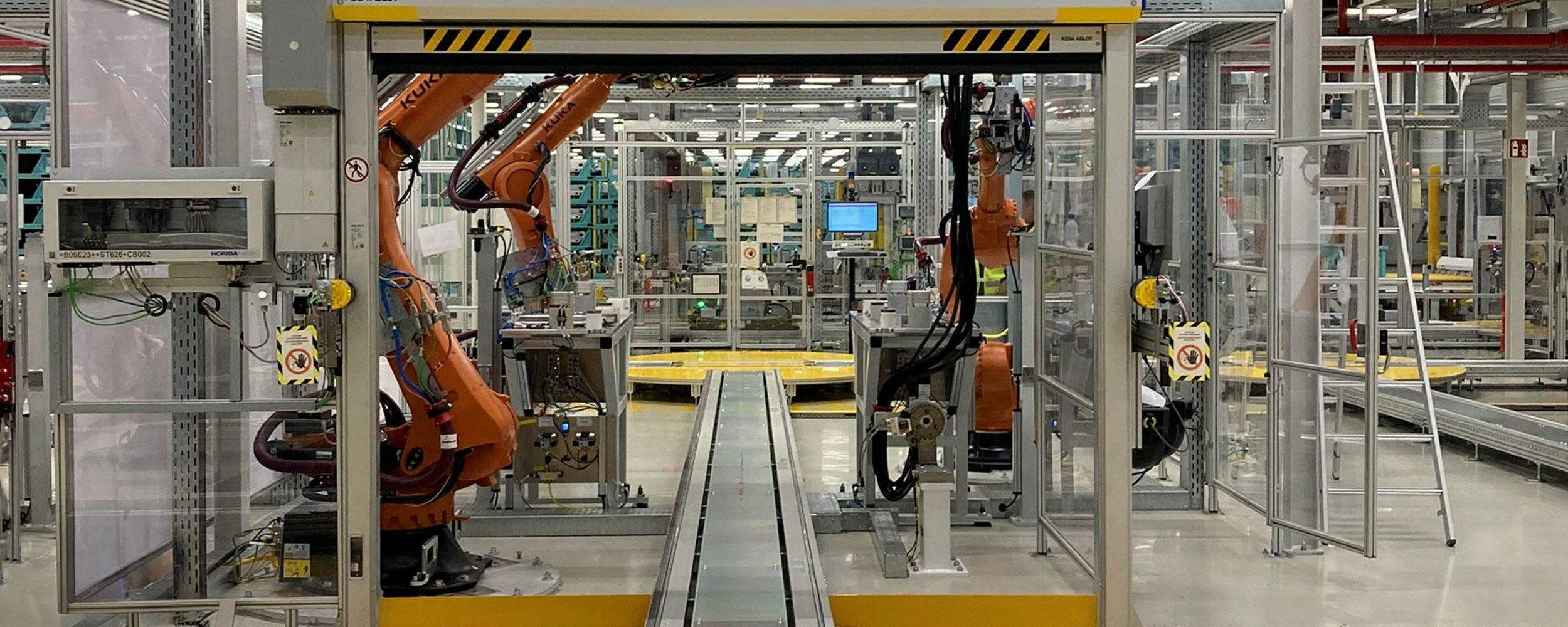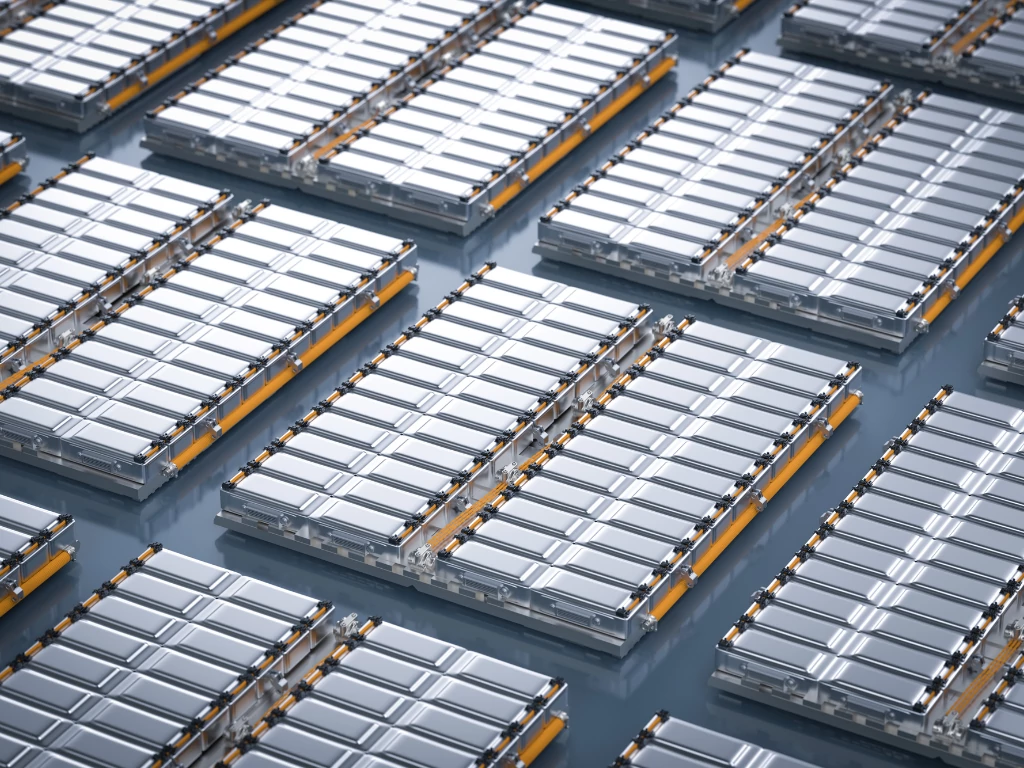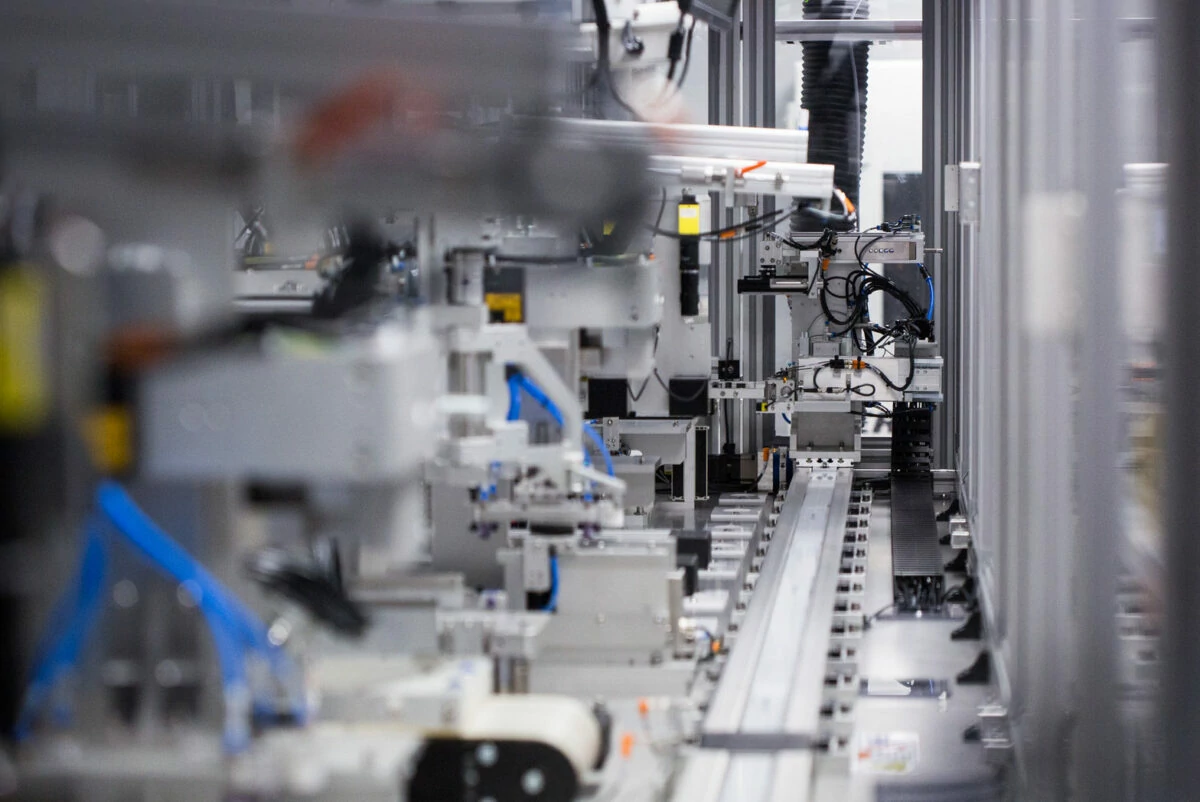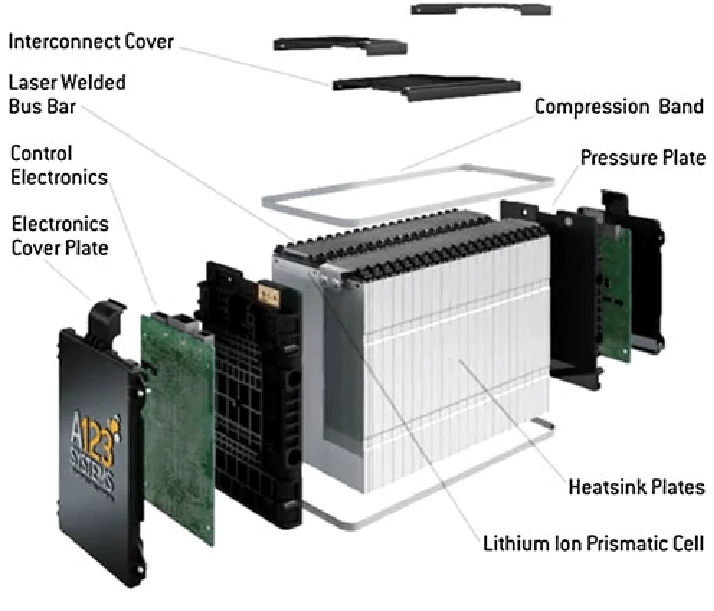Product testing Product testing is a key link to ensure...
Self-discharge test
A self-discharge test evaluates a battery's ability to naturally lose charge over a period of time when not in use. The self-discharge rate of a battery is the rate at which the energy stored in the battery is gradually lost over time without an external load. The purpose of the self-discharge test is to check the energy storage capacity of the battery and whether the chemical reaction inside the battery is stable. A high self-discharge rate may mean that there is a problem with the battery, or that the service life of the battery will be affected.
Self-discharge test
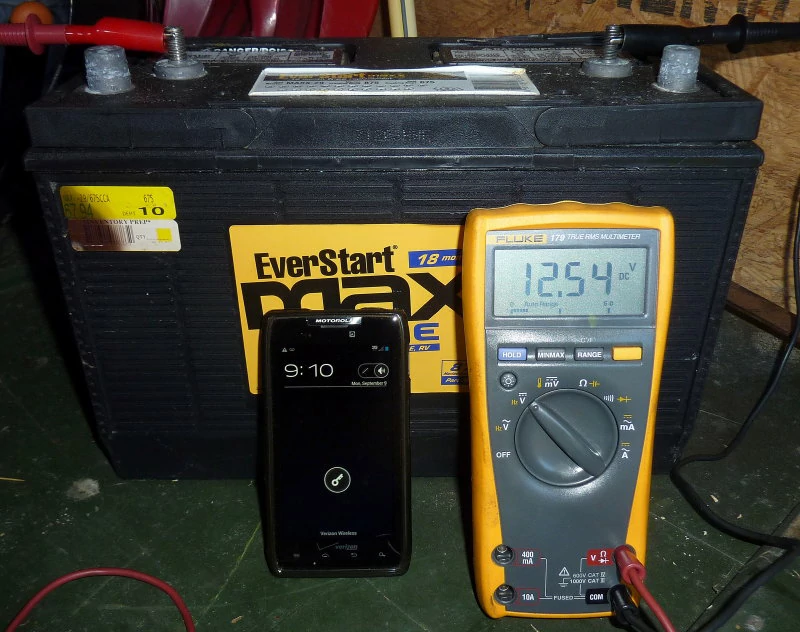
Self-discharge test is a very important part of battery evaluation, it can effectively judge the rate of battery loss when not in use. By self-discharge testing for different battery types, environmental conditions, and the degree of battery aging, the health status, energy storage capacity, and quality stability of the battery can be assessed. Batteries with a higher self-discharge rate usually require earlier replacement or maintenance to ensure their performance in actual use.
Meaning of testing
Evaluate battery health
The self-discharge test allows you to know the health of the battery. A high self-discharge rate may indicate that the battery has internal problems, such as unstable battery chemical reactions, or that the battery has aged. Under normal circumstances, the self-discharge rate of the battery should be low.
Check the battery's energy storage capacity
A self-discharge test can help assess whether a battery can hold enough charge when not in use for a long time. This is especially important for some batteries that are not used for a long time (such as backup batteries, emergency batteries).
Battery quality control
Self-discharge test plays an important role in battery production and quality control. Testing can help identify substandard batteries in batches, as well as identify problems that may occur during production.
ADAPTS to battery requirements for long-term storage
For batteries that require long-term storage (such as emergency batteries, backup batteries, etc.), a low self-discharge rate is particularly important. Batteries with a high self-discharge rate may lose too much charge after being stored for a long time, affecting their service life.
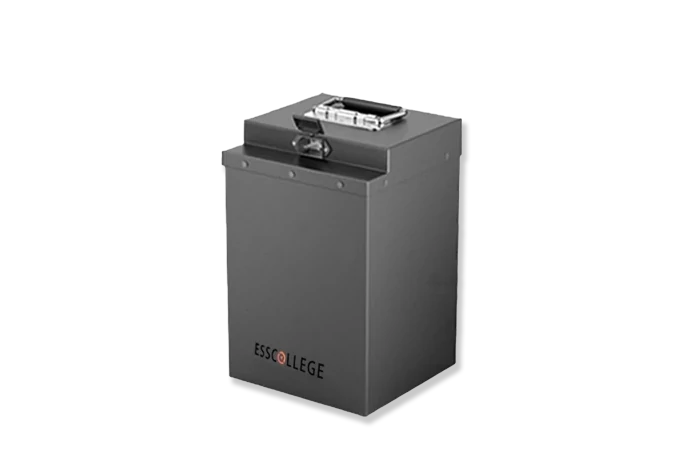
low-speed car batteries
Low-speed vehicle battery is a kind of battery designed for low-speed electric vehicles, which has the characteristics of clean, environmental protection, high efficiency and economy, and is widely used in electric golf carts, low-speed electric vehicles (LSV), mobile vendors, campus transportation, cargo trucks and so on
Extended reading
Product packaging and delivery
Product packaging and delivery The packaging and delivery of battery...
Product information expansion
Product information expansion Understanding low-speed vehicle battery product information is...
Product composition
Low-speed lithium battery product composition Understanding the product composition of...
THE ESSC Brand promise
Global supply
Our products sell well all over the world, covering many countries and regions, through the global logistics network, to provide customers with convenient purchasing experience.
Rigorous quality
We adhere to the highest quality control standards to ensure every product meets industry regulations and customer expectations, earning trust through consistent excellence.
Excellent service
With a customer-centric approach, we provide prompt responses, professional support, and personalized services, aiming to deliver the best user experience and long-term value.
